Territory Studio was tapped to visualise futuristic technology and apply their motion graphic expertise to realise director Rupert Sanders' vision for an original cityscape for the hugely anticipated film GHOST IN THE SHELL.
‘“This has been an exciting project to be part of”, says Executive Creative Director, David Sheldon-Hicks, “and we feel that it affirms our ability to consistently deliver large complex projects that marry Territory’s craft-led motion design approach with VFX capability.”
World Building
Director Rupert Sanders wanted an original look and feel to the city and the idea of solid energy or holographic style objects and elements were a part of that vision early in development.
Territory was tasked to help bring this futuristic world to life with a series of holographic elements, from huge advertising animations and building wrappers to brand names and logos, window dressings and civic signage.
Advertising Solograms
With a brief to populate the cityscape with giant animated 3D figures, the real challenge that we helped to solve was how these advertising elements looked and behaved in the environment. We knew that they needed to reflect a high degree of realism, so we crafted each to appear tangible in a daylight cityscape or street scene, but could be walked through as easily as smoke or a projection.

The considerations that framed our work included discussions with VFX Supervisor John Dykstra about where light sources were coming from, how reflections and reflective surfaces could work, how physical elements in the environment, such as buildings and people, would influence the objects, how these objects would move through the environment, how textures were incorporated and conveyed.

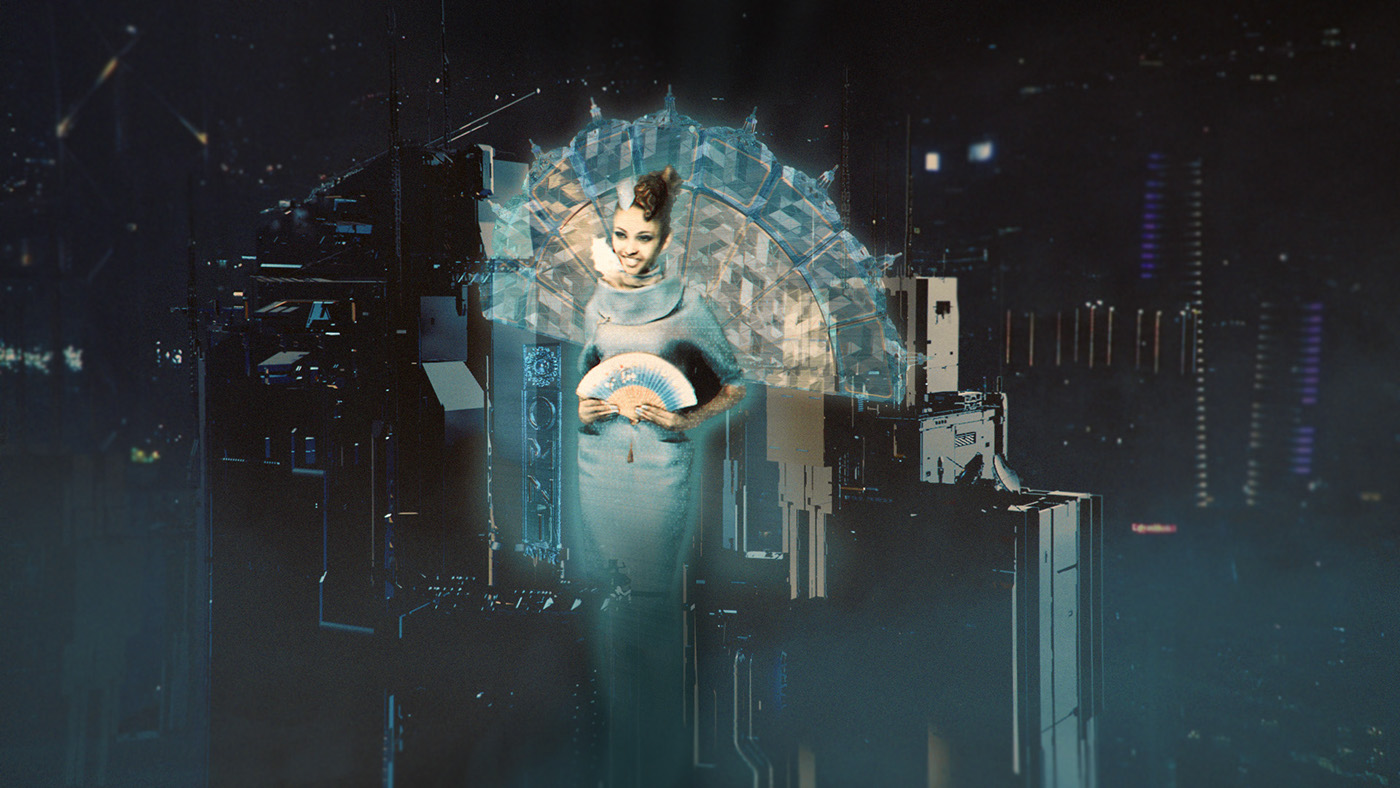
We devised concepts, some of which drew on existing photogrammetry references, and that process included distinguishing between the ‘brand’ origin and purpose, and creating brand names, logos, slogans, gestures and effects.


Street scenes
The street scenes required us to create everything from brand names and 3D logos, accessories and signage to holographic information and civic signage. The task included conveying economic status and message, and street vendors were reflected as more gritty and glitchy than the huge hi definition ‘solograms’ of the cityscape.


The really interesting aspect of world building at this level, was that we wanted to achieve a layered look in which old traditional city signage elements could be seen under the new 3D elements, suggesting the evolution of the city as it transitioned from old to new technology.
In all we delivered around 200 3D assets, including final shots for the trailer.
Futuristic Technology
We were initially approached by VFX Supervisor Guillaume Rocheron with a concept / UI design brief to articulate the holographic language of this futuristic technology and were asked to provide design expertise based on our film experience of creating motion graphic and UI for science fiction and near future technology.
Unusually for us, there were to be no screens in this film, but the director and VFX Supervisor wanted our concepts to take ideas into the 3rd dimension.
Our concept art and motion tests showed possible design routes for specific technologies, including the hologlobe, holoconference and UI for clinical lab equipment. These concepts evolved as the direction of the film moved away from the original anime to a more unique and contemporary vision of the future.
Hologlobe
Our initial ideas about the hologlobe were inspired by references from the original anime, and we explored how people and objects could be generated in a holographic context. We began by visualizing a digital globe that generated content – data, images, animations, movies, memories – dynamically according to questions, instructions or narrative reporting. How that content generation was visualized was the really exciting challenge for us, and we explored a range of possible expressions with varying degrees of roughness and refinement.




We wanted to convey a sense of superior technology and looked at ways for digital particles or pixels to coalesce and fluidly form shapes and objects, and how they would transition from one form to another. The idea was that the generated images could allow for varying degrees of refinement and detail according to need.
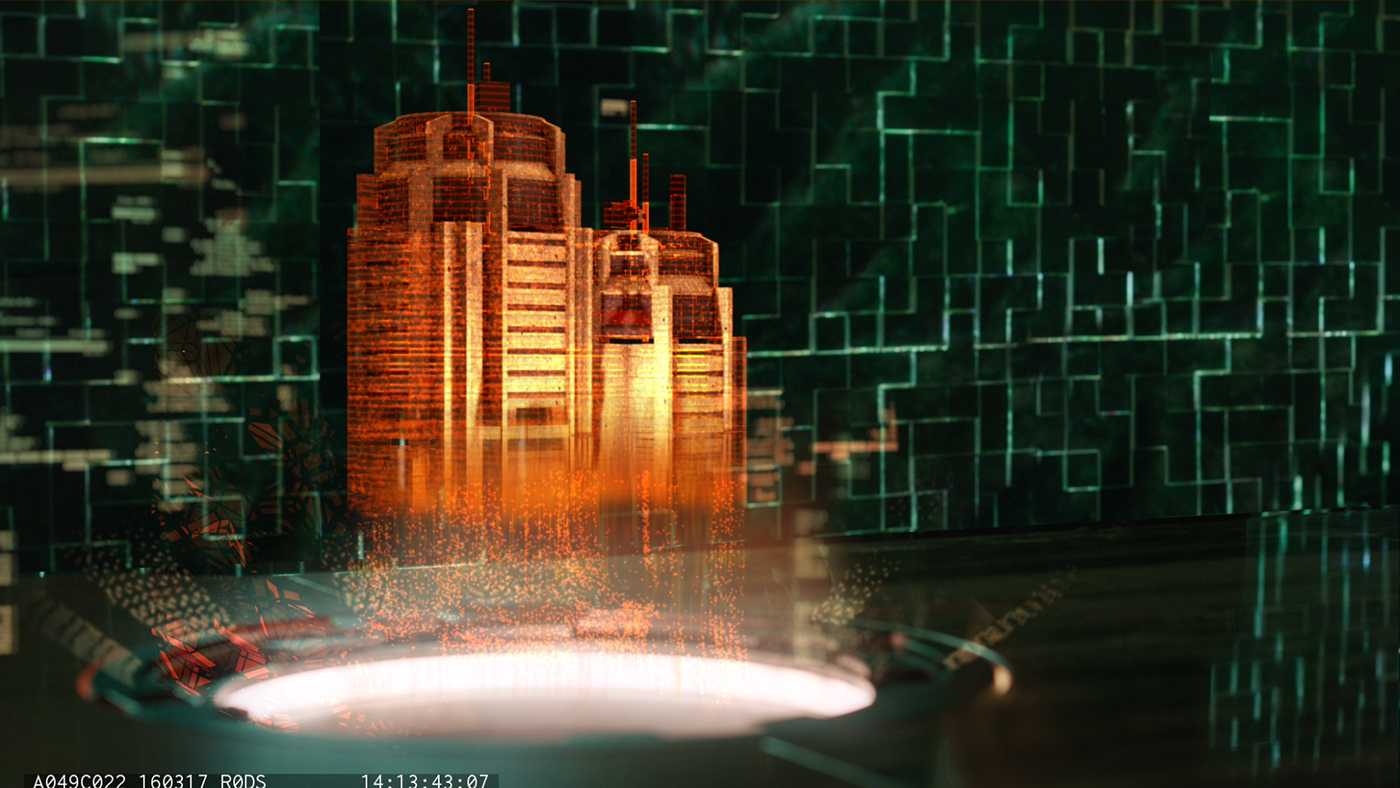
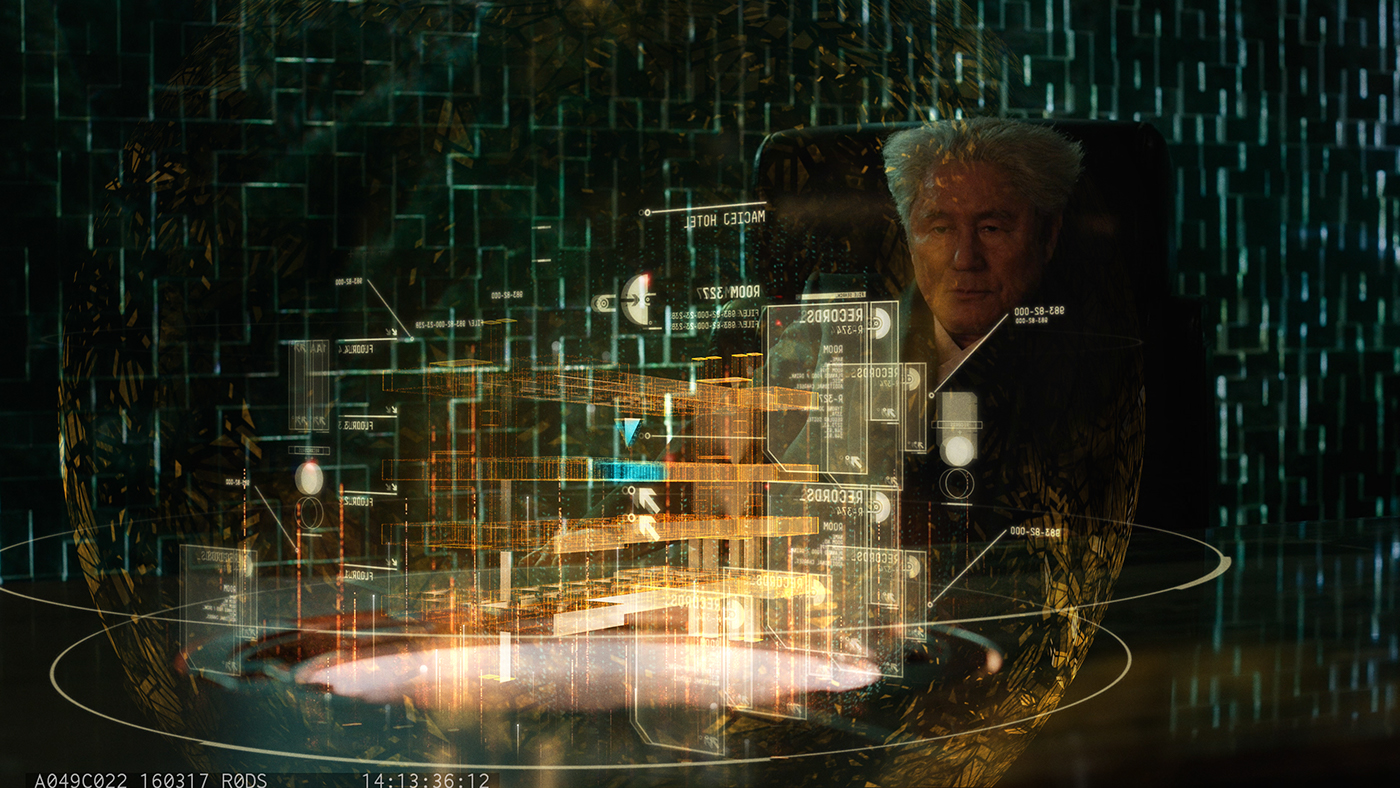


Zen Garden
The Zen Garden sequence illustrates how we envisaged the interactive capabilities of holographic technology in that it not only shows the 3D environment in absolute detail but acts as an interface to control physical objects within the holographic map.


Holoconference
The holoconference was another opportunity to explore how a complex amount of information could be generated, updated and visualized in a much larger spatial environment. We explored the juxtaposition of data and information streams, animations, and movies alongside whole life sized bodies and representational heads.



Virtual Physicality
Our original concept of how to achieve virtual physicality in holographic content generation was based on voxel explorations of small volumetric forms that convey a really interesting physical tangibility.


From there, we refined the concept using what we call ‘digital sand’ – an exploration based on subverting the raw natural element of sand into a technology that is infinitely flexible, adaptable and can take any form. Capable of creating an organic feeling UI, this route felt close to the man / machine themes of the film and our motion tests demonstrated how these smaller sand like particles could behave and move as they form, transition, reform and maintain their shape across any dynamically generated high or low tech content.
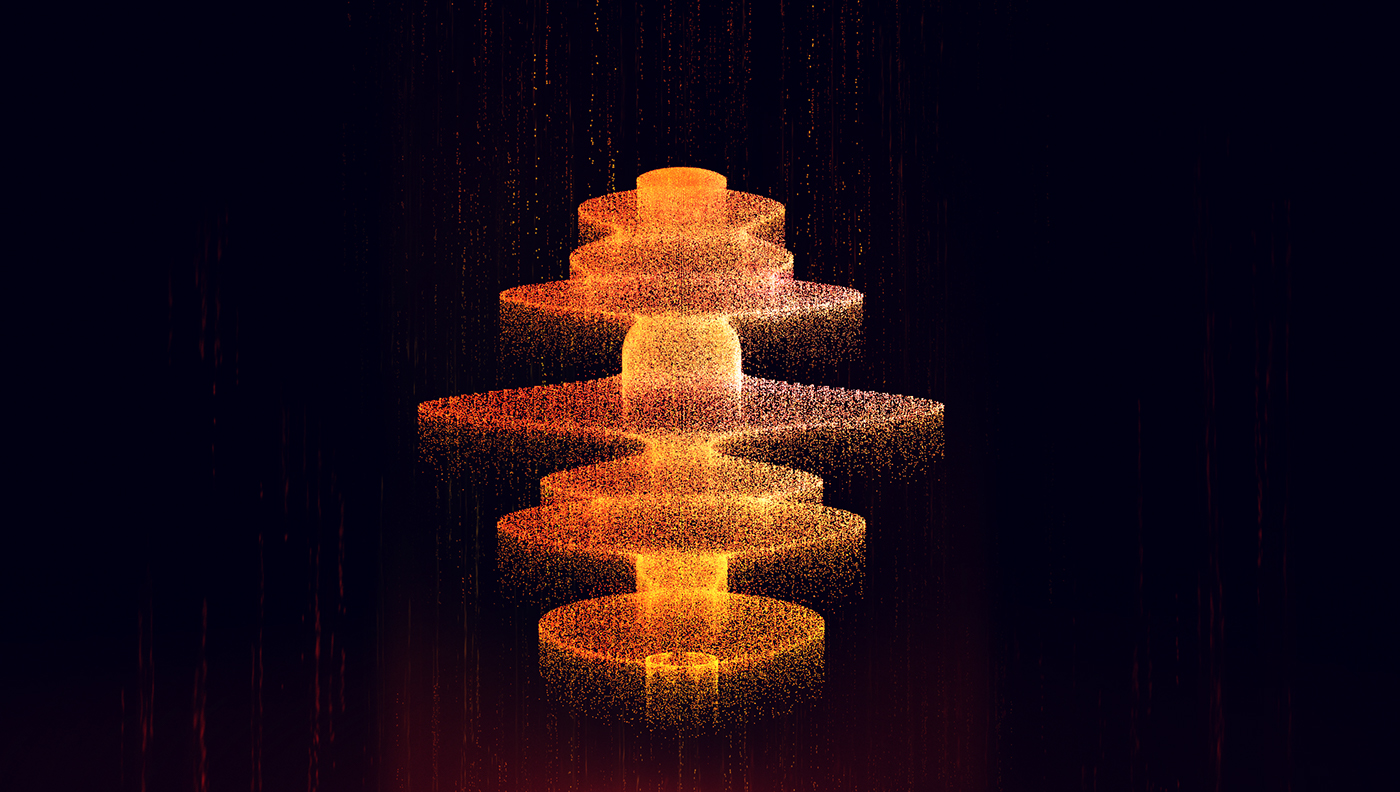

We also explored using patterns as a way add visual depth, suggest organic texture and cultural references.
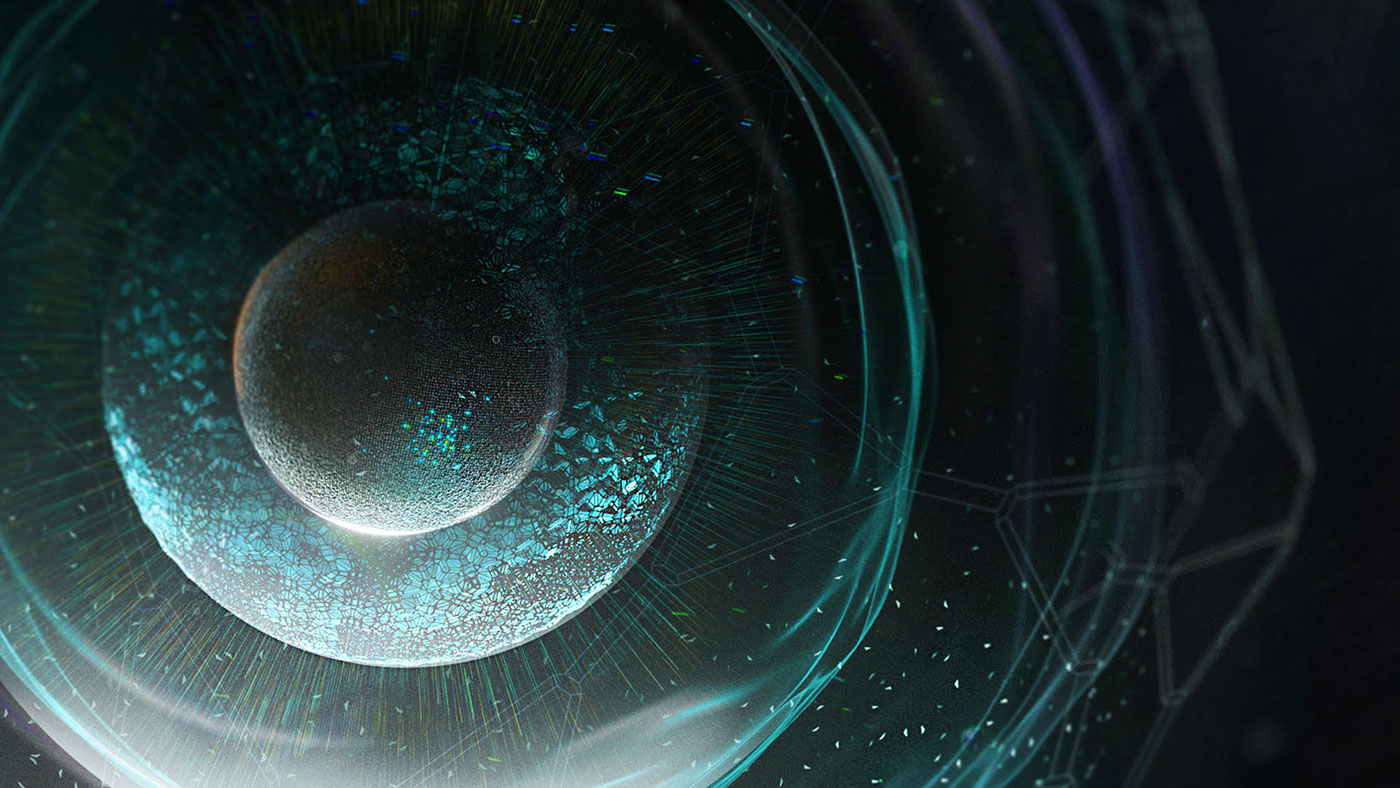
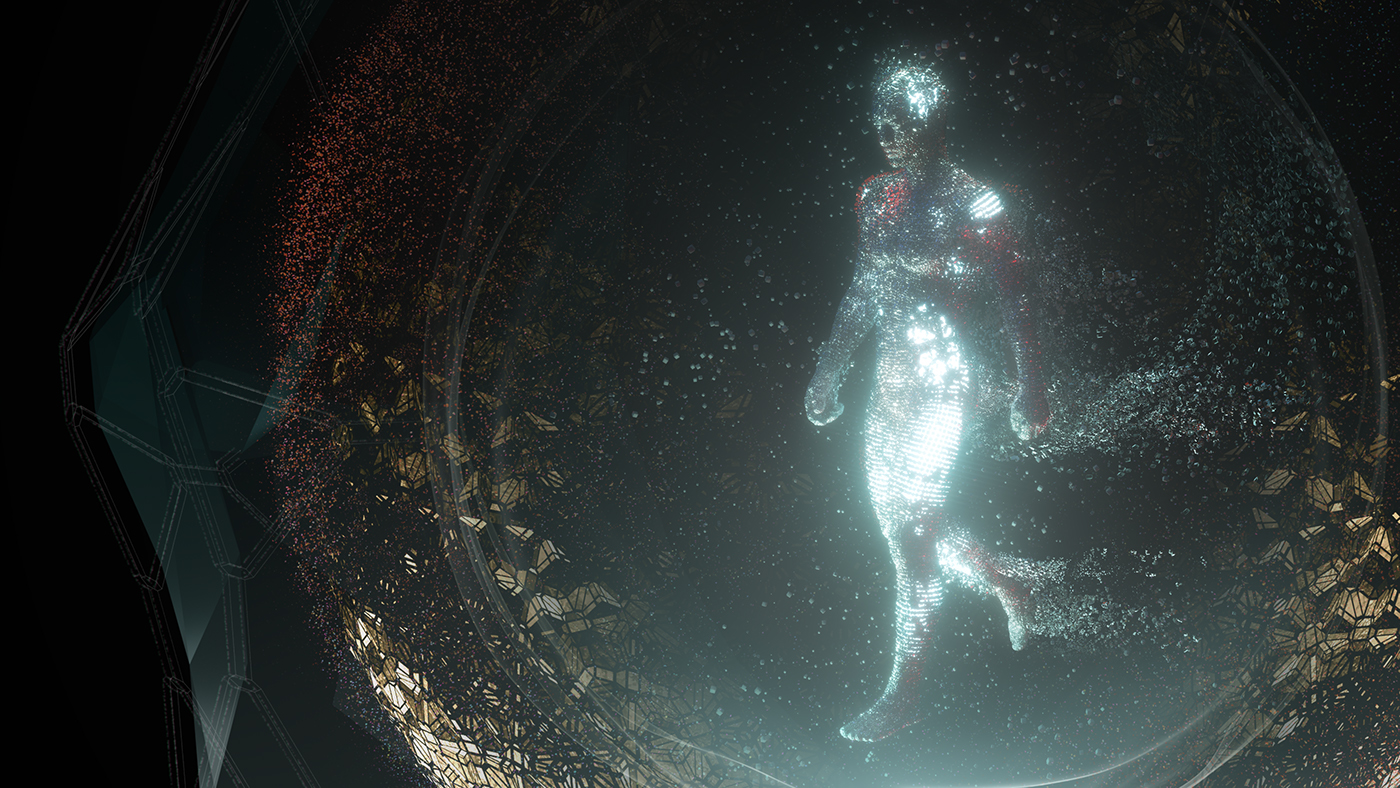

Ghost in the Shell is Territory Studio’s biggest project to date and it demonstrates how well our experience straddles art and VFX teams, and how the team's creative talent, design thinking, agility and flexibility, streamlined with a bespoke Shotgun pipeline, can contribute to a project of this scale and approach.
Image credits: Courtesy of Paramount Pictures and Dream Works Pictures


